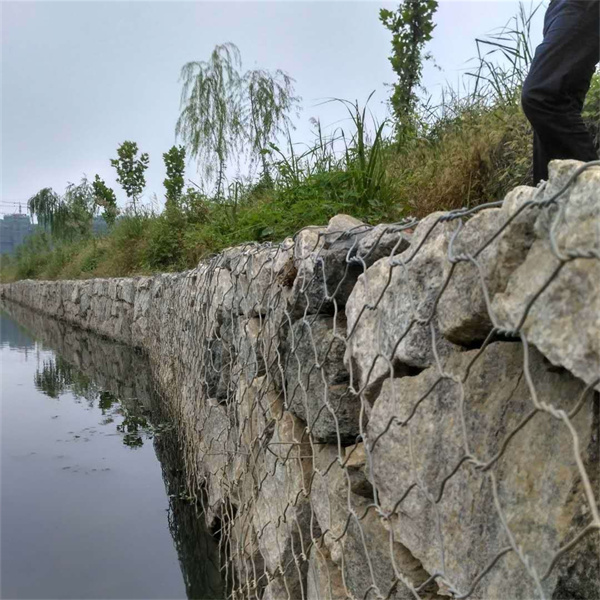សីហា . 31, 2024 12:56 Back to list
gabion wall lifespan
The Lifespan of Gabion Walls A Comprehensive Overview
Gabion walls have become increasingly popular in civil engineering and landscaping due to their numerous advantages, including durability, versatility, and aesthetic appeal. These structures, made from wire mesh filled with rocks, stones, or other materials, offer a remarkable lifespan when constructed and maintained properly. Understanding the factors that influence the longevity of gabion walls can help stakeholders make informed decisions regarding their use and maintenance.
Composition and Construction
The materials used in gabion walls play a crucial role in their lifespan. The quality of the wire mesh is paramount; galvanized or PVC-coated wire is preferred as it offers enhanced resistance to corrosion and environmental wear. Additionally, the filling material must be selected strategically to ensure stability and longevity. Natural stone, for instance, not only adds aesthetic value but also has a strong resistance to weathering. The construction technique also influences durability—careful stacking, proper compaction, and ensuring adequate drainage can mitigate potential issues like erosion and shifting.
Environmental Factors
Gabion walls are intrinsically designed to withstand various environmental conditions, but certain factors can significantly impact their lifespan. For example, exposure to extreme weather conditions, such as heavy rainfall or freezing temperatures, may lead to erosion or structural compromise if not properly managed. Furthermore, areas with high seismic activity may require extra engineering considerations to ensure stability. Thus, choosing the right location and designing the wall with these environmental factors in mind is essential for maximizing its lifespan.
gabion wall lifespan

Maintenance Practices
Routine maintenance is crucial in prolonging the life of gabion walls. Regular inspections can help identify early signs of issues such as vegetation growth, which can undermine structural integrity if left unchecked, or signs of rust on the mesh. Simple maintenance tasks include re-securing loose mesh, replacing damaged stones, and ensuring proper drainage around the wall. By being proactive, property owners can significantly extend the lifespan of gabion walls, often beyond the typical expectancy of 50 to 100 years.
Advantages of Longevity
The longevity of gabion walls brings several advantages. First, they are a cost-effective solution in the long run, as their durability reduces the need for frequent repairs or replacements. Additionally, their resilience makes them ideal for projects focusing on environmental sustainability; they provide habitat for local wildlife and can blend naturally into the landscape, promoting biodiversity.
Conclusion
In summary, gabion walls offer a remarkable lifespan influenced by factors such as material selection, construction practices, environmental conditions, and maintenance routines. By prioritizing quality materials and regular upkeep, property owners can ensure their gabion walls remain structurally sound and visually appealing for many years. As engineers and designers continue to explore the benefits of gabion technology, these structures will undoubtedly play a crucial role in modern architecture and civil engineering, proving that sometimes the best solutions are rooted in nature itself.
-
hesco-gabion-baskets-for-coastal-erosion-prevention
NewsAug.22,2025
-
longevity-and-durability-of-river-rock-gabion-walls
NewsAug.22,2025
-
how-to-integrate-gabion-3d-walls-in-urban-planning
NewsAug.22,2025
-
reno-mattress-gabion-applications-in-civil-engineering
NewsAug.22,2025
-
how-to-install-wire-mesh-for-gabion-baskets-properly
NewsAug.22,2025
-
best-materials-for-filling-a-chain-link-gabion
NewsAug.22,2025
-
Wire Mesh Thickness Impact on Gabion Wall Load Bearing
NewsAug.12,2025






